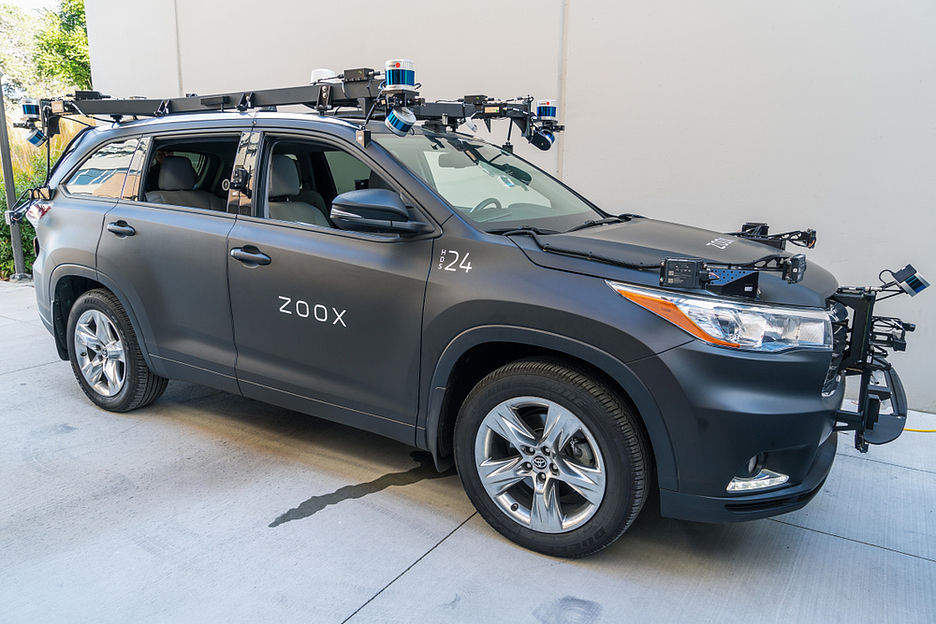With the support of virtual reality giants such as Google, Valve and Oculus, Khronos Group aims to create a unified API that supports all present and future devices of immersive technologies.
The parents of OpenGL seek to unify all virtual reality devices under the same banner, and for this they have, in addition to the main protagonists mentioned above, other heavyweights such as Epic Games, Razer, AMD, Intel and NVIDIA. Very roughly, its operation would be similar to that of OpenGL: there would be a high-level virtual reality API, which would connect with the runtime of the virtual reality platform and, finally, a specific driver from each manufacturer that would be responsible for “talking” directly with the hardware.
“Open standards that make it easy for developers to create compelling, cross-platform experiences will help bring the magic of virtual reality to everyone. We are looking forward to working with our colleagues on this initiative,” he says Mike Jazayeri from Google VR.
“The number of virtual reality systems on the market is increasing rapidly. Muschos require the support of different APIs by developers, which is causing great fragmentation for consumers. Khronos’ work on a standard API so that applications can use a wide variety of virtual reality devices is an important step to address this trend,” he says Valve’s Gabe Newell.
“Khronos’ open APIs have been enormously valuable to the industry, balancing the forces of differentiation and innovation against unnecessary incompatibilities between different manufacturers. As virtual reality matures and the essential capabilities become clear in practice, an open and cooperatively developed standard is as important a milestone as it is natural. Oculus is very pleased to contribute to this effort.” These are the words of John Carmack, Oculus VR CTO and one of the great historical defenders of OpenGL since his time at id Software.
“The success of virtual reality depends on a large and thriving hardware market in which casual and professional consumers can choose without worrying about fragmentation or incompatibilities. This has always been OSVR’s vision from day one and we are delighted to be part of the Khronos Group to foster the standardization of interfaces across the industry,” he says Christopher Mitchell of OSVR.
The news even seems too good to be true, but the statements of these true heavyweights leave no doubt of the good intentions and commitment that everyone is showing to put it in motion. Now that consumer virtual reality has barely started to work, it is the best time for the big guys to sit down and talk and avoid a fragmentation that, although it is small today, is still there by having OSVR, SteamVR and the Oculus SDK working separately. The fact that SteamVR is able to interact with the other two platforms and accepting devices based on them, in addition to the existence of software such as ReVive, which allows software designed for Oculus to work on HTC Vive, give to understand that there are great similarities of operation among all these products, because basically we talked to detect the position and orientation in space of different devices using different APIs. From Real o Virtual we applaud this initiative and we hope that other great contributors to virtual and augmented reality such as Sony and Microsoft will also join it.









